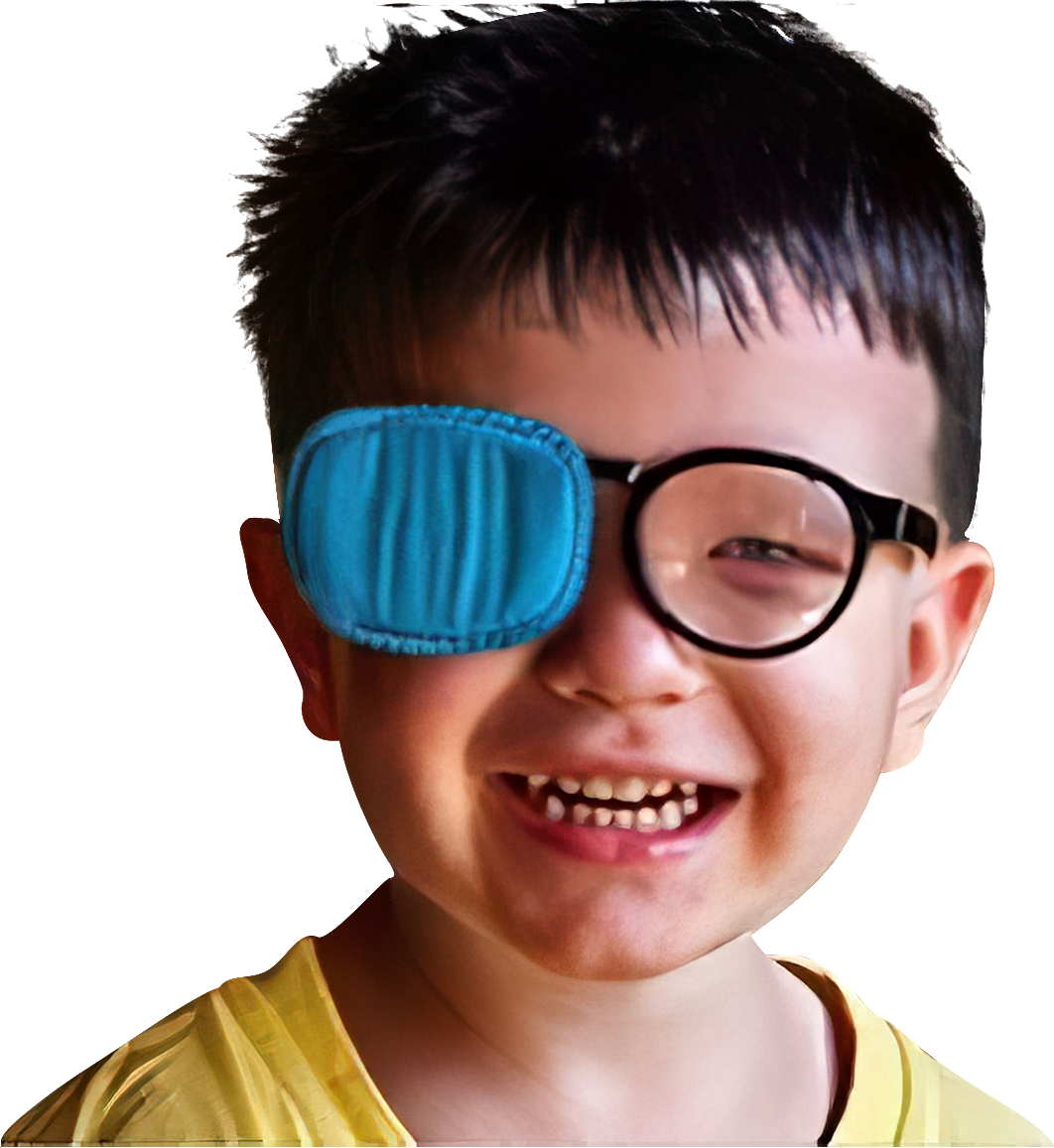 Pediatric Ophthalmology
Pediatric Ophthalmology
What is Pediatric Ophthalmology?
Pediatric ophthalmology is a subspecialty of ophthalmology, that focuses on children's eye health. It involves diagnosing and treating eye problems in infants, children, and adolescents.





